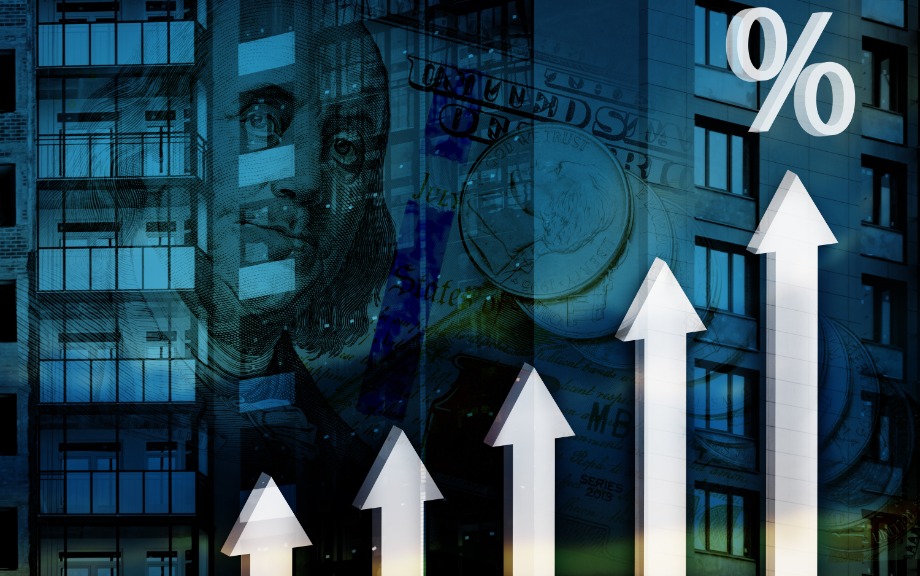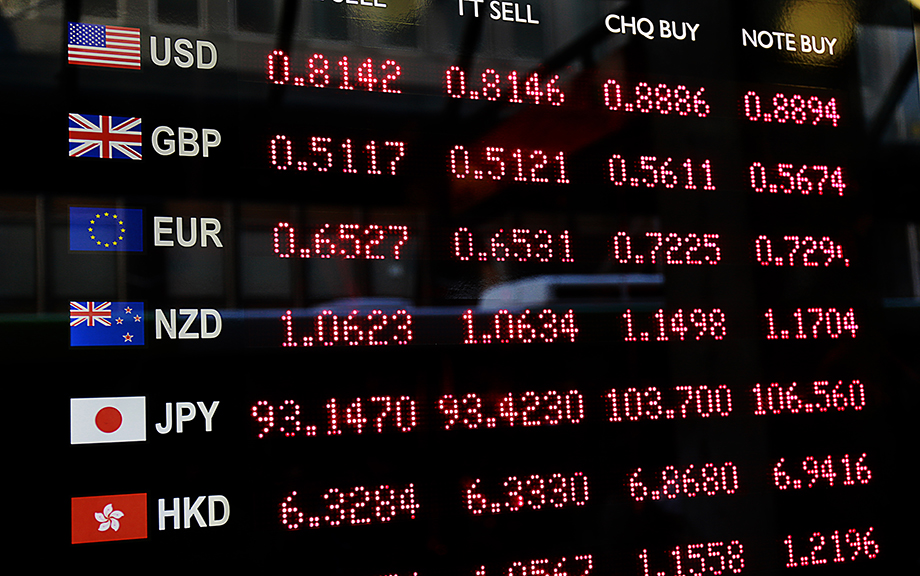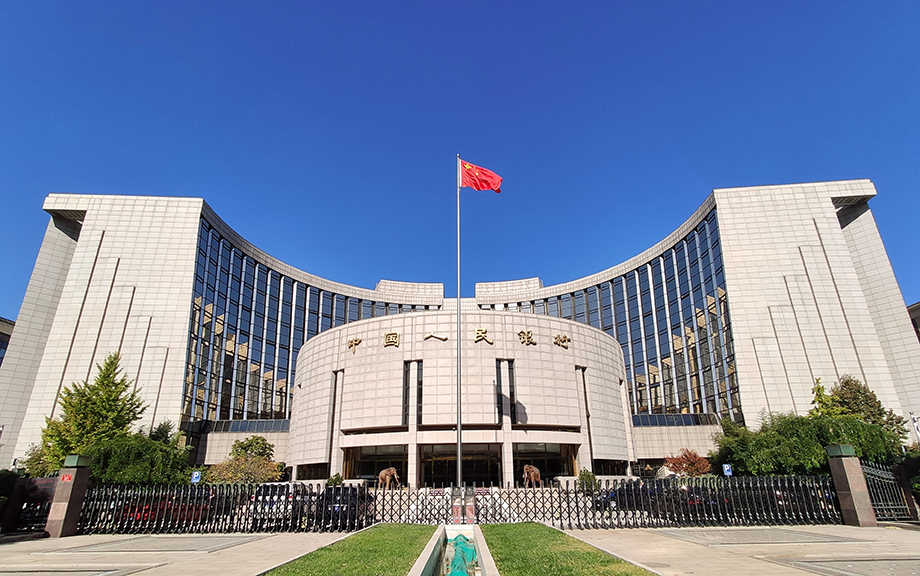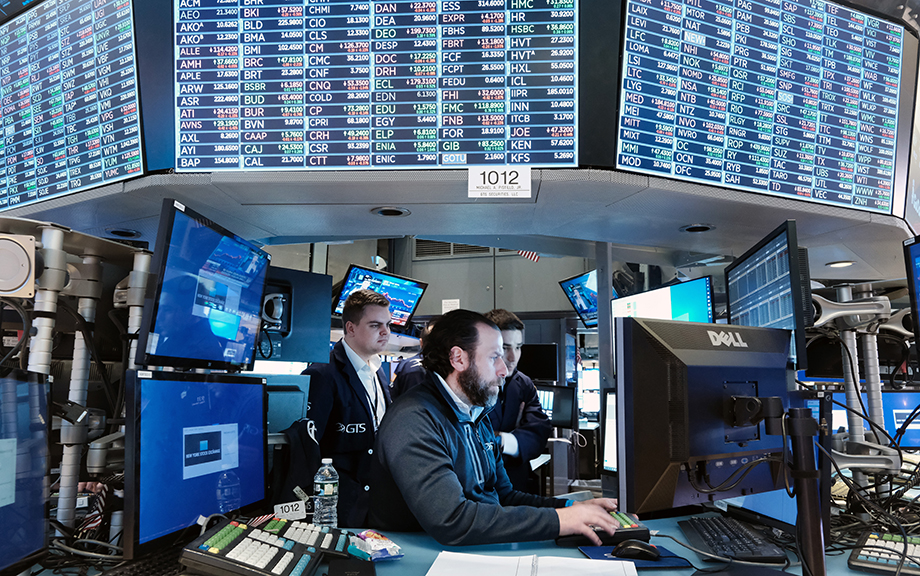
The spread of misinformation online has been recognized as a growing social problem. In responding to the issue, social media platforms have (i) promoted the services of third-party fact-checkers; (ii) removed producers of misinformation and downgraded false content; and (iii) provided contextual information for flagged content, empowering users to determine the veracity of information for themselves. In a recent staff report, we develop a flexible model of misinformation to assess the efficacy of these types of interventions. Our analysis focuses on how well these measures incentivize users to verify the information they encounter online.



















 RSS Feed
RSS Feed Follow Liberty Street Economics
Follow Liberty Street Economics